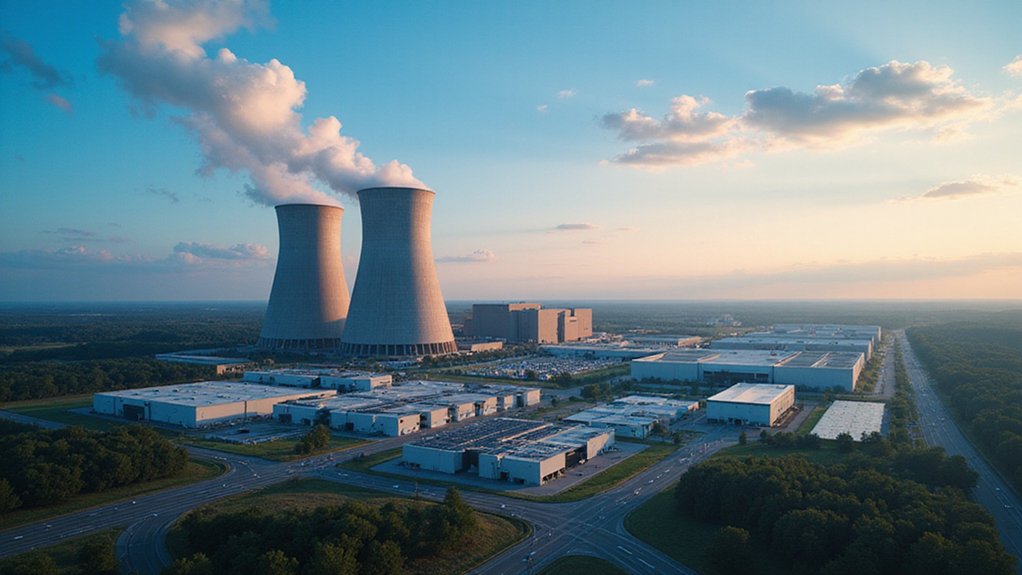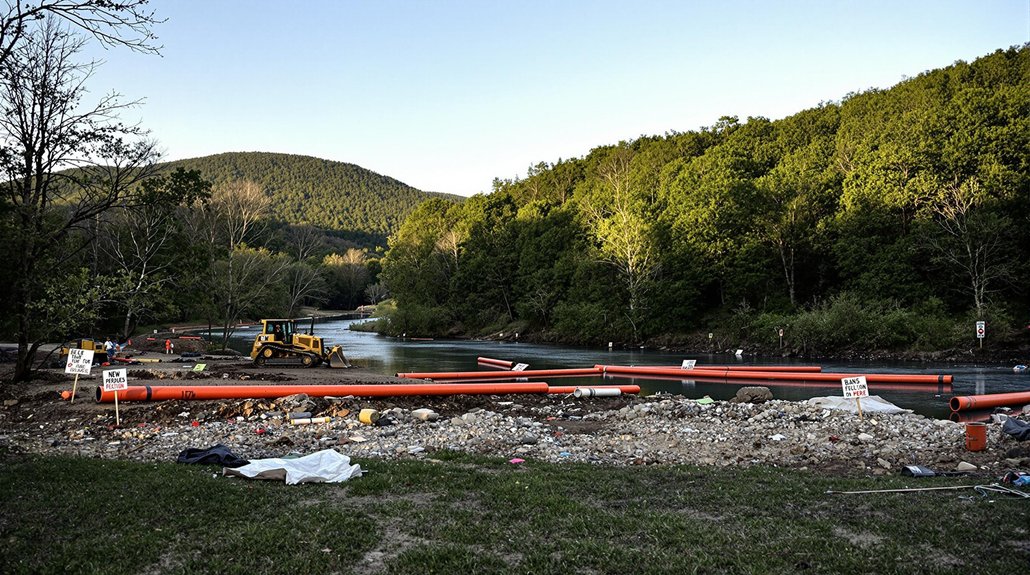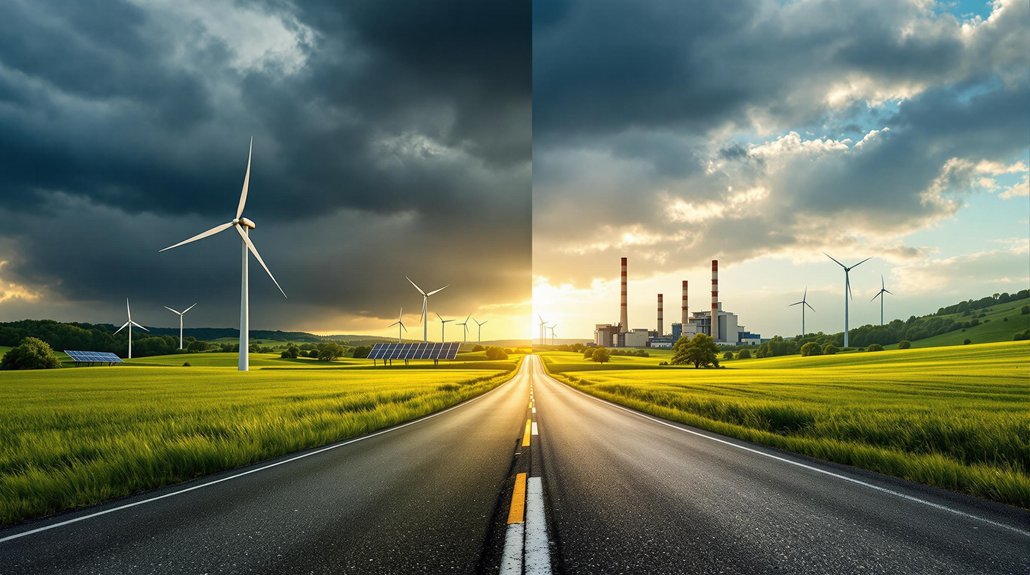While politicians debate and corporations complain, environmental protection laws keep reshaping America’s economy in ways nobody really saw coming. The Supreme Court just took a sledgehammer to another environmental regulation, and everyone’s pretending to be shocked. Again.
Here’s what the data actually shows. Environmental laws don’t tank the economy. They never did. Early studies found measurable impacts, sure, but nothing catastrophic. Prices go up in some sectors. Companies adapt. Life goes on. The weird part? Big corporations actually make more money under these regulations. Their return on assets goes up. Return on equity too. Small businesses get squeezed harder because compliance costs hit them differently. That’s just math.
Meanwhile, 63% of Americans think the federal government isn’t doing enough to protect water quality. Most people want cleaner air. They want less pollution from factories and cars. But there’s been a 38-fold increase in environmental laws since 1972, and enforcement remains pathetically weak. Laws without enforcement are just paper.
The health impacts are real though. When environmental protections work, respiratory disease rates drop. Cardiovascular problems decrease. Communities near polluting industries see the biggest improvements. That’s not liberal propaganda. That’s documented fact. Vulnerable populations suffer most when enforcement fails. Urban residents face these problems more acutely, with 71% seeing garbage and landfills as a significant community problem.
The EPA recently announced they’ll conduct half their compliance inspections in environmental justice communities. Sounds great. Except weak enforcement globally continues to worsen pollution and environmental threats. Species keep disappearing. Habitats keep vanishing. Despite all the legislative progress. Poor coordination among government agencies and weak institutional capacity prevent these laws from achieving their intended purpose.
Large firms figured out the game. They use economies of scale to minimize compliance costs. They turn regulations into competitive advantages. Small and medium businesses struggle with resource constraints. Nobody saw that coming, apparently.
So here we are. Another environmental protection gutted by the Supreme Court. Corporate profits will probably increase. Public health outcomes will likely worsen. Water and air quality could reverse decades of improvement. Reforestation efforts that could absorb 2.4 billion tons of carbon dioxide annually face uncertain futures. Americans will continue believing the government does too little while the highest court does even less.
The economy will survive. It always does. Whether the environment will is another question entirely.
References
- https://www.epa.gov/environmental-economics/working-paper-impacts-environmental-regulation-us-economy
- https://www.pewresearch.org/science/2023/06/28/3-majorities-of-americans-say-too-little-is-being-done-on-key-areas-of-environmental-protection/
- https://www.unep.org/news-and-stories/press-release/dramatic-growth-laws-protect-environment-widespread-failure-enforce
- https://www.stinson.com/newsroom-publications-Environmental-Wrap-Up-2022-and-What-to-Expect-in-2023
- https://www.frontiersin.org/journals/environmental-science/articles/10.3389/fenvs.2022.928697/full








